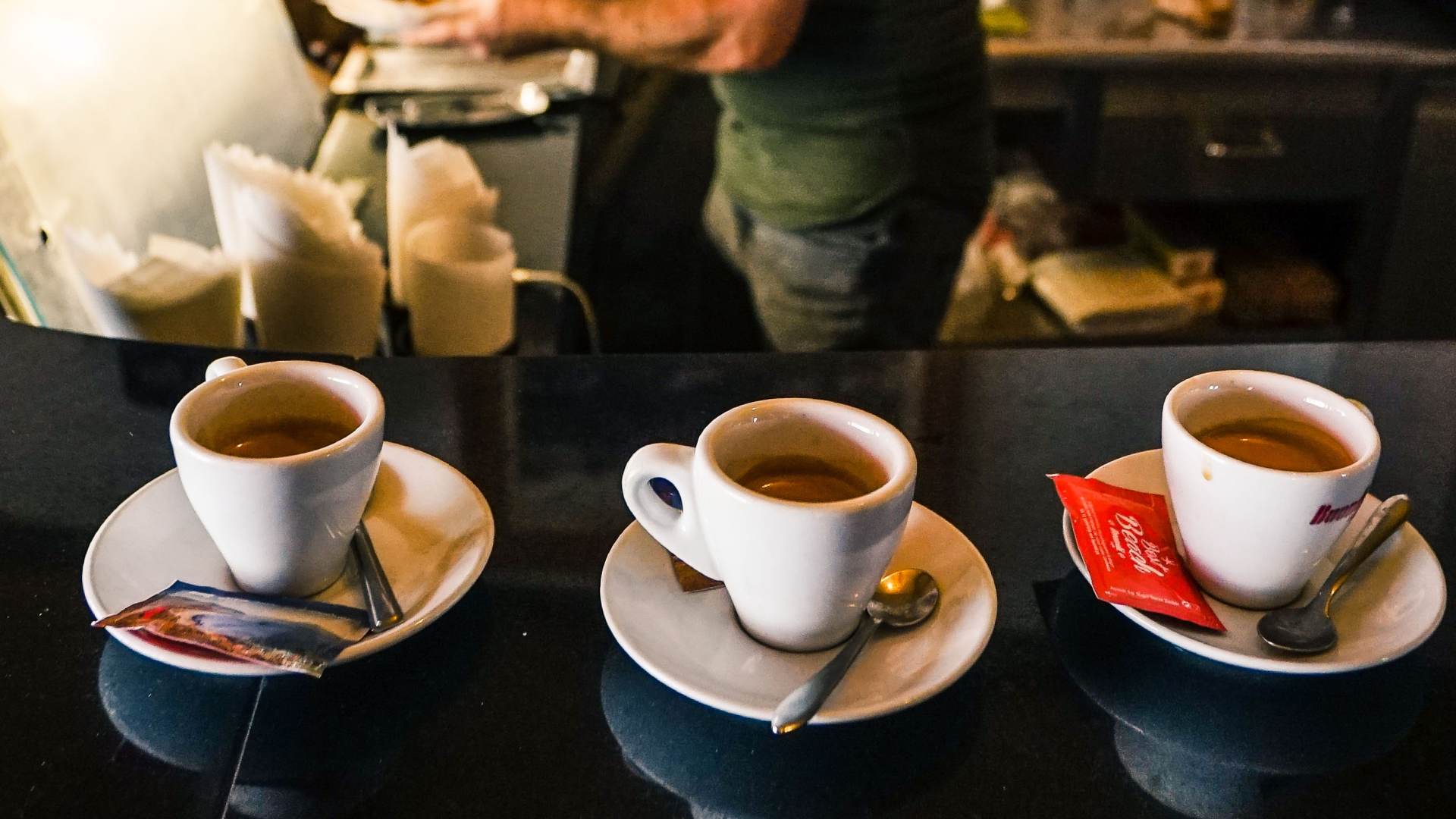Should Italian espresso be served in preheated cups?
Massimo Milesi, sales director at Carimali Italia, explains the Italian tradition of preheating espresso cups – and why it’s here to stay.
Nearly a century and a half ago, at the 1884 General Expo of Turin, an Italian inventor named Angelo Moriondo presented the world’s first espresso machine. Although rudimentary by modern standards, the machine was the catalyst for the coffee industry we know today.
It’s no surprise, then, that the history of espresso is closely linked to Italian culture. Since then, many things have changed – both in the way espresso machines are built and in the way coffee is prepared – but much has also remained the same.
Traditionally, espresso is a coffee that should be enjoyed quickly – giving it its name, of course – and should be served in a hot cup. Typically, espresso machines have cup warmers atop the body, while other baristas use hot water to prepare cups.
It’s traditionally served as a short drink that’s traditionally dark and bitter, with a thick crema floating atop the syrupy coffee.
These traditions go way back, but they’re still as applicable today as ever before, especially in Italy. In Naples, for example, traditional coffee bars still heat the cups by leaving them in boiling water baths.
But what’s the purpose and significance of this extra step?
“For us, coffee is a ritual,” explains Carimali Italia’s sales director, Massimo Milesi. “There’s a Neapolitan saying: ‘comme cavolo coce’, which means, ‘How hot it is!’. As Italians, we want a short, full-bodied coffee and we want to feel a warm sensation on the lips.”
A matter of preference or a trick of the trade?
Warm sensations aside, there’s a practical reason for preheating cups. A warm cup holds the temperature of the espresso – usually extracted at around 93°C – for longer, preventing sudden drops in temperature that can cool down the coffee too quickly.
Simultaneously, it’s believed that extracting the coffee into a warm cup improves the crema. If the cup is not warm enough, the crema will likely be thinner, giving the espresso a less velvety mouthfeel.
“The hot cup must ensure the persistence of the characteristics of body, aroma and color that are obtained when the espresso is extracted from the machine, avoiding a thermal shock,” Massimo adds.
“The cups have a design, a colour, a volume and are made with a material designed to enhance the characteristics of the espresso. Heating the cup is what helps guarantee the desired result.”
However, this tradition is far from universal in the global coffee industry. Certainly, there are many baristas worldwide who omit this step entirely.
Scientific studies have suggested that the best temperature to enjoy a full-bodied coffee is around 60-70°C, derived from an original brewing temperature of 90 to 95°C. At these higher temperatures, it’s believed that our ability to recognise flavors and tasting notes is limited. Conversely, once the coffee cools down and reaches 70°C, it becomes more complex.
Because espresso is generally a short coffee, it quickly loses its heat. Even when milk is added, typically at a temperature of 60 to 70°C, the temperature can drop below the ideal 60°C in no time at all.
According to many Italians – and other coffee consumers worldwide – this is why using a preheated espresso cups is absolutely essential.
Is there a middle ground?
Despite the research referenced above, many in the industry maintain that different brewing methods require different serving temperatures. With this in mind, is there really a perfect cup temperature?
The short answer is no. Coffee is a food service industry, so it’s important to respect the personal preferences of those who – out of habit or personal taste – prefer to enjoy their coffee at different temperatures.
In the same breath, however, there are customs that will always be respected, just like how the Italians stick to preheated cups. Effectively, then, depending on where you are in the world, using a preheated cup may be considered the absolute right way to serve coffee.
So, if you want to drink espresso the way its inventors do, it’s in your best interest to figure out how you’ll heat your cups.
“It is part of the barista’s skill to correctly position the cups according to the volumes in the various daily time slots,” Massimo notes. “The easiest way at home is to preheat the cup under hot water.”
To help baristas position the cups correctly, professional and semi-professional espresso machines usually have built-in cup warmers. You’ve probably seen this in coffee shops, with several types of cup stacked atop machines, ready to go.
If you find yourself without this luxury, or you’re a prosumer, there are dedicated devices on the market today, like the Carimali Hot & Cold Plus. Ultimately, however, it’s really a case of each to their own. Warm it, or don’t – just don’t go to Naples looking for a cold cup.








